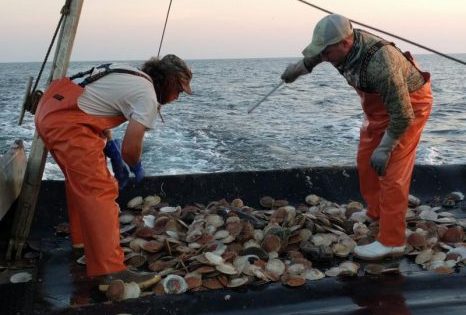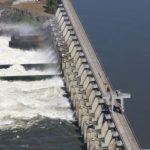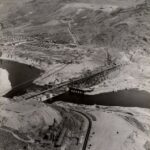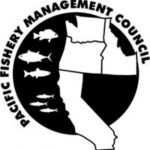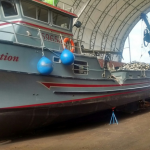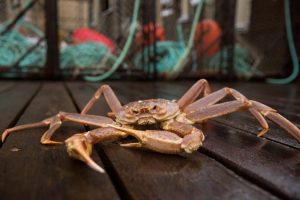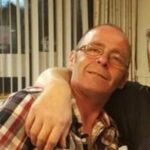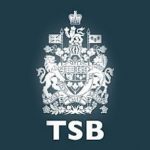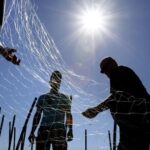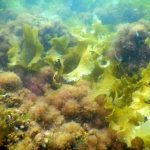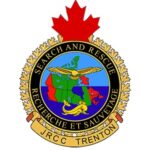Daily Archives: November 13, 2017
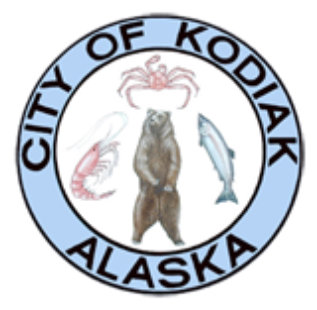
Kodiak fishermen may soon be able to sell fish from their boats
“I’m glad that we’re doing this. It will give the smaller fisherman a chance to make a little more coinage. It makes us feel more like a fishing town where you can go down to the fisherman’s boat and buy his catch.” Last year, the council was presented with a petition with 67 signatures asking for this change to the city’s code. Currently, in Kodiak, a person isn’t allowed to go to a fishing boat to buy fish or any other kind of fresh seafood. “I think this is the type of example we’ve talked about in terms of economic development and ways that a municipality can help facilitate business, growth and development.” click here to read the story 21:31
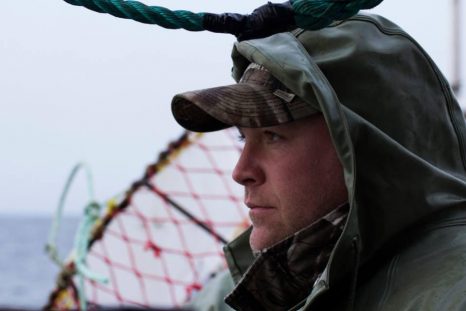
Fishing remains one of the most dangerous jobs in Canada. We talked to captains about their most hazardous experiences.
In 2017, fishing remains one of most—if not the most—dangerous jobs in Canada.,,, Storms, equipment failures, and even stingrays are among the many hazards fishermen face. Then there’s the everyday work, including setting longlines with hundreds of sharp hooks, hauling heavy lobster traps, and gutting swordfish, sharks, and tuna.,,, Regardless of what pulls a fisherman to sea, hazards are always lurking, so we talked to three East Coast captains about their most harrowing experiences at sea. click here to read the story 18:31
‘Stop this right now’: Cape Breton fisherman worried about seismic testing
 Fishermen in Cape Breton are worried about the impact planned seismic testing at the Donkin mine will have on their lobster grounds and livelihoods. Kameron Coal has been given the green light to blast sound waves out of an air gun in an attempt to survey an area it leases offshore of Glace Bay. The company operates the Donkin mine, which extends underneath where Herb Nash fishes. “We’re asking them to stop this right now, and put an end to it and not let it happen,”,,, click here to read the story 16:32
Fishermen in Cape Breton are worried about the impact planned seismic testing at the Donkin mine will have on their lobster grounds and livelihoods. Kameron Coal has been given the green light to blast sound waves out of an air gun in an attempt to survey an area it leases offshore of Glace Bay. The company operates the Donkin mine, which extends underneath where Herb Nash fishes. “We’re asking them to stop this right now, and put an end to it and not let it happen,”,,, click here to read the story 16:32
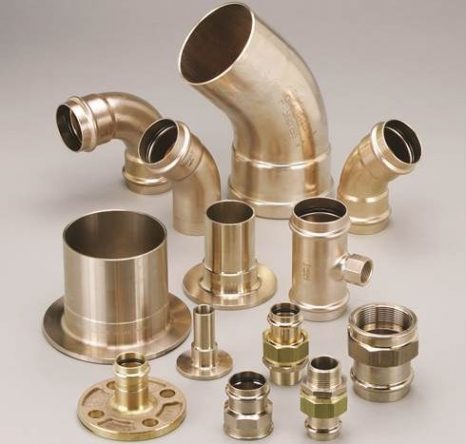
Marine Piping: It’s Not Rocket Science
The maritime industry, over time, has been unusually resistant to change in many aspects of how it operates. Arguably, the ‘biggest’ advances on the water spanning a five decade period leading up to the beginning of the new millennium could be measured in terms of deadweight tonnage and/or the length of a particular class of hulls. Nowhere is that reality more evident than in the shipyard, and looking at what equipment and hardware is used to build and repair marine vessels – now and in the past. Marine piping systems are a perfect example. click here to read the story 14:28
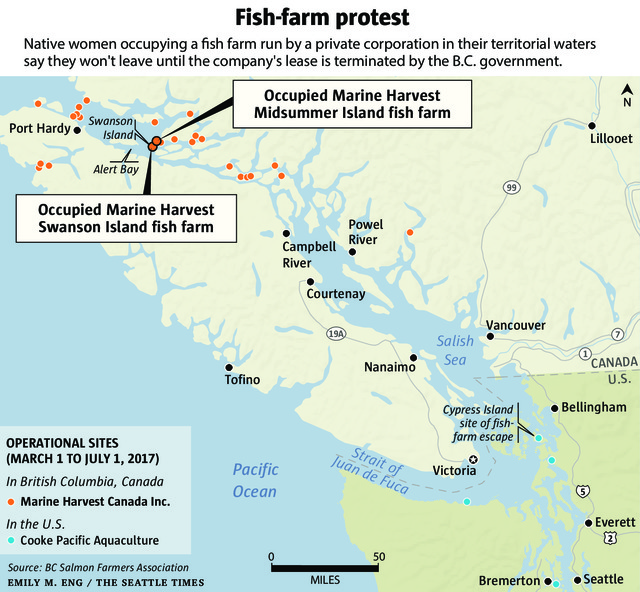
Salmon-farming operations face protests, occupations in B.C., legislative scrutiny in Washington state
A showdown is brewing over Atlantic salmon net-pen farming on both sides of the U.S.-Canada border. Marine Harvest, a major producer of farmed Atlantic salmon in British Columbia, is seeking a court order to evict First Nations women who have occupied one of its fish farms, an order it intends to enforce by police action if necessary, said Ian Roberts, spokesman for the company. Marine Harvest operates 11 open-water Atlantic salmon net-pen farms in the Broughton Archipelago alone, at the northeast end of Vancouver. Ten of the farms have leases that are up for renewal by the B.C. government in June, and two of those farms have been occupied by First Nations people who say they won’t leave until the leases are canceled. click here to read the story 12:04
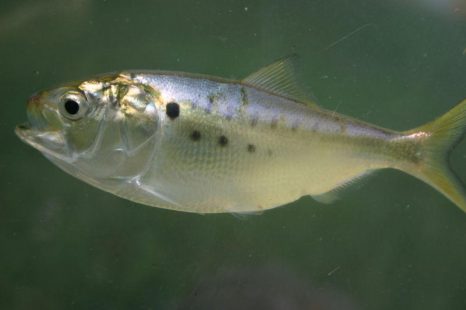
Environmentalists Are Wrong About Menhaden Fishery
Fishing companies are at odds with Rhode Island environmental advocacy groups over proposed changes for the menhaden fishing industry, Changes to the Interstate Fishery Management Plan for Atlantic Menhaden are up for a vote at the Atlantic States Marine Fisheries Commission meeting in Maryland this Monday and Tuesday. Meghan Lapp, fishery liaison for the Rhode Island-based Seafreeze Ltd, said that temporary plan shouldn’t be implemented because it’s based off of science that isn’t applicable to menhaden. click here to read the story 12:19
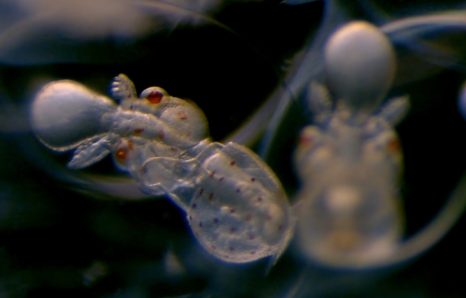
Squid: Coming to Life – How a cephalopod is born, in stunning microscopy footage
Produced by the evolutionary and developmental biologist Nipam Patel in his Patel Lab at the University of California, Berkeley, Squid: Coming to Life literally puts squid and cuttlefish development under the microscope. With a sparkling soundtrack and stunning microscopy footage, the short video shows the cephalopods transforming from embryos (when they develop in egg capsules) to hatchlings that emerge with the resplendent, colour-shifting skin they use for communication and camouflage. click here to watch the video 09:35
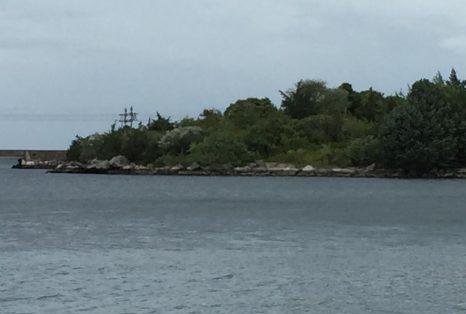
The NIMBY oyster people
I have covered, over the years, a lot of animated public hearings, more than I could ever count, in which neighbors turned out to protest things they wanted to stop: all kinds of egregious development, buildings too big, lights too bright, too much parking, too much traffic or general commercial sprawl. I don’t think, though, I have ever seen such a whiny, self-satisfied and selfish group as those, many of them waterfront property owners, who have been turning out to protest a proposed oyster bed in Stonington’s Quiambaug Cove. They are lawyering up, too. click here to read the story 09:17
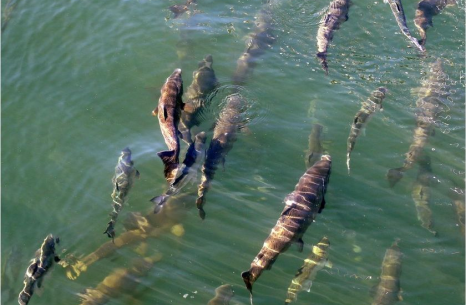
The “blob” is gone, but it’s left a troubling legacy on B.C.’s Pacific coast.
The blob is the popular name for a huge patch of warm water that featured record temperatures — in some cases, three to four degrees Celsius above normal — in the Northeast Pacific starting in 2013 and running through late 2015 and early 2016. Scientists are now concerned that young fish feeding at sea during the blob’s presence did not have enough nutritious food to eat — and that could translate into reduced adult fish to harvest going forward. click here to read the story 08:07






